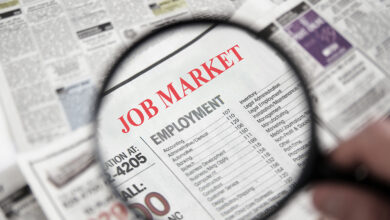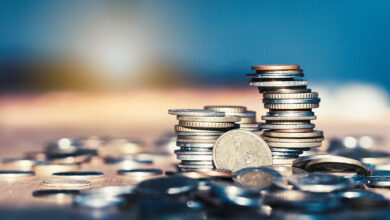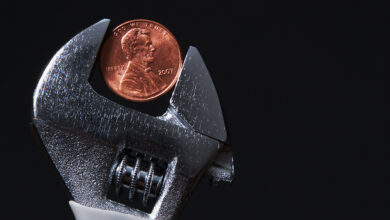
KPI – August 2024: State of Manufacturing
KPI – August 2024: State of Business
KPI – August 2024: State of the Economy
KPI – August 2024: Recent Vehicle Recalls
Consumer Trends
Below is a synopsis of consumer confidence, sentiment, demand and income/spending trends.
The Conference Board Consumer Confidence Index® increased to 100.3 (1985=100) in July, up slightly from a downwardly revised 97.8 in June. The Present Situation Index – based on consumers’ assessment of current business and labor market conditions – declined to 133.6 from 135.3 last month; however, the Expectations Index – based on consumers’ short-term outlook for income, business and labor market conditions – improved to 78.2. Despite being up month-over-month, data remains below 80 – a commonly-accepted threshold which historically signals a recession ahead.
“Confidence increased in July, but not enough to break free of the narrow range that has prevailed over the past two years,” says Dana M. Peterson, chief economist at The Conference Board. “Even though consumers remain relatively positive about the labor market, they still appear to be concerned about elevated prices, interest rates and uncertainty about the future; things that may not improve until next year.”
High-Level Takeaways, Courtesy of The Conference Board:
- Expectations for future income improved slightly, but consumers remained generally negative about business and employment conditions ahead.
- Consumers were less positive about current labor and business conditions.
- On a six-month moving average basis, purchasing plans for homes fell to a 12-year low.
- The proportion of consumers predicting a forthcoming recession ticked up.
While Peterson says “no clear pattern emerged” among different income groups, data shows confidence improved among consumers under 35 and those 55 and older, with the 35-54 age group recording a decline. On a six-month moving average basis, consumers making over $100K were the most confident, though the gap among other groups narrowed.
According to a supplemental survey question, consumers pointed to inflation and elevated price levels, especially in food and groceries, as having the greatest impact on their view of the U.S. economy. The labor market and U.S. political division also were top of mind.
“Consumers’ assessments of their Family’s Financial Situation – both currently and over the next six months –were less positive. Indeed, assessments of familial finances have deteriorated continuously since the beginning of 2024,” Peterson says.
The University of Michigan Survey of Consumers – a survey consisting of approximately 50 core questions covering consumers’ assessments of their personal financial situation, buying attitudes and overall economic conditions – finished at a dismal 66.4, following a poor performance in June. Year-ahead and long-run inflation expectations are hovering 2.9% and 3%, respectively.
“Sentiment has lifted 33% above the June 2022 historic low, but it remains guarded as high prices continue to drag down attitudes, particularly for those with lower incomes. Labor market expectations remain relatively stable, providing continued support to consumer spending. However, continued election uncertainty is likely to generate volatility in economic attitudes in the months ahead,” says Joanne Hsu, director of Survey of Consumers.
Consumer Income & Spending
According to the U.S. Bureau of Economic Analysis (BEA), in June 2024 personal income increased $50.4 billion (0.2% at a monthly rate), while disposable personal income – personal income less personal current taxes – increased $37.7 billion (0.2%).
In addition, personal outlays – the sum of personal consumption expenditures, personal interest payments and personal current transfer payments – increased $59.3 billion (0.3%) and consumer spending increased $57.6 billion (0.3%). Personal saving was $703.0 billion and the personal saving rate – personal saving as a percentage of disposable personal income – was 3.4% in June.
Important Takeaways, Courtesy of BEA:
- In June, the $57.6 billion increase in consumer spending reflected an increase in spending for both services and goods. Within services, the largest contributors to the increase were other services (led by international travel), plus housing and utilities (led by housing). Within goods, the most significant drivers were other non-durable goods (led by pharmaceutical and other medical products), as well as recreational goods and vehicles (led by information processing equipment). These increases were partly offset by decreases in motor vehicles and parts (led by new motor vehicles).
- Overall, the PCE price index for June increased 2.5% year-over-year. Prices for goods decreased 0.2%, but services swelled 3.9%. Food prices edged up 1.4%, alongside energy prices +2%. Excluding food and energy, the PCE price index increased 2.6% from one year ago.



